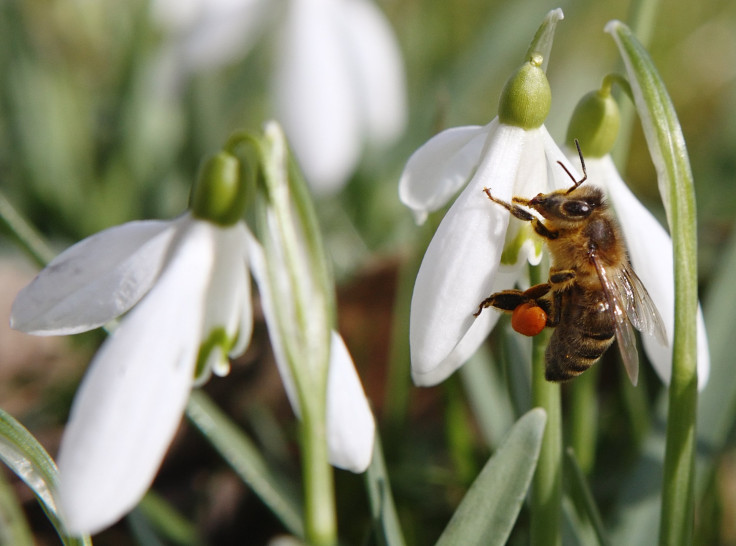The Worst U.S. Cities For Spring Allergies [REPORT]

While seasonal allergies are rampant anywhere you go, you might not be in much luck if you live in the South when it comes to spring allergies.
According to a recent report by the Asthma and Allergy Foundation of America (AAFA), eight out of the top 10 worst U.S. cities for spring allergies are in the South, with Tennessee taking three spots and Jackson, Miss., rounding out “the 100 most challenging places to live with allergies” list as the worst city in America for spring and fall allergies.
The AAFA cites this year’s extreme weather conditions for a more lengthy and severe spring allergy season. That means your sneezes, stuffy noses and watery eyes are here to stay -- longer.
"Severe weather patterns can bring higher temperatures, higher pollen levels and increased exposure to outdoor mold, resulting in spring allergies that can peak stronger and last longer," said Dr. Bill Berger of the Allergy and Asthma Associates of Southern California. "Too often, people with seasonal allergies suffer silently while their symptoms worsen year after year. Allergy sufferers need to learn more about allergies and visit an allergy specialist for a proper diagnosis and treatment. Often more can be done to relieve allergy symptoms that interfere with daily life."
The report, now in its 11th year, came up with the list by measuring each city’s pollen scores, number of allergy medications used per patient and number of allergy specialists per patient.
While there is no cure for allergies, AAFA recommends that the “40 million Americans who suffer from seasonal allergies ... learn more, consult an allergy specialist, and insist on adequate symptom relief," said Mike Tringale, vice president of external affairs at AAFA.
But if anything, you can blame your prolonged allergies on that groundhog who predicted an earlier spring rather than a finicky weather.
For the full list of cities and resources and for more information on how the report was compiled, head over to the Allergy Capitals 2013 website, which contains interactive maps.
© Copyright IBTimes 2024. All rights reserved.












